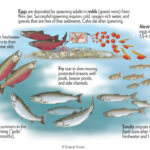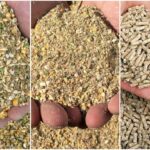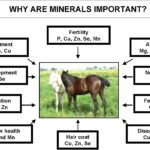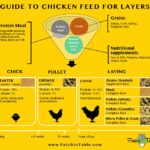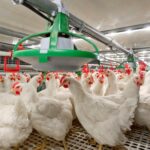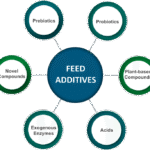Preparations of keys for the identification of speciemens
Creating identification keys, often known as dichotomous keys, is a systematic process that involves organizing a series of choices based on observable characteristics to guide users to the correct identification of a specimen. Here’s a general guide on how to prepare keys: 1. Choose Characters: • Identify diagnostic characters that reliably differentiate between species. These…

